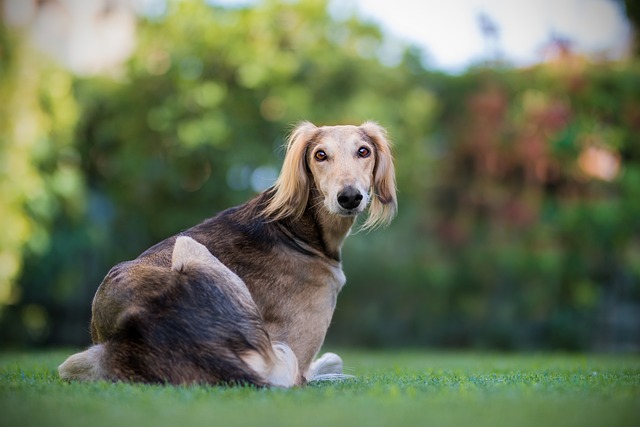
How do i train my dog to be obedient?
Watching your dog dart across the park ignoring your calls isn’t just frustrating—it can put them at risk near busy streets or public spaces.
The most anticipated experience in interacting with dogs is witnessing them acquire new skills. When a dog can skillfully pick up items and obediently return to your side, the scene is both warm and full of a sense of achievement. However, this seemingly simple behavior requires the owner to exert sufficient patience and scientific training methods behind it.
Preparation before training is the cornerstone of success. Firstly, it is necessary to choose a suitable training venue, preferably a quiet, open, and undisturbed area, such as one's own backyard or an open park or grassland. This can help dogs focus on training and avoid external factors distracting their attention. At the same time, preparing some toys or snacks that dogs like as rewards is the key to stimulating their enthusiasm. Delicious snacks such as plush toys, rubber balls, or chicken jerky, cheese cubes, etc. can greatly attract the attention of dogs and make them more willing to cooperate with training. Every time I see a dog's eyes sparkling with anticipation in order to receive a reward they like, I know that these preparations have not been in vain.
Training should start from the stage of familiarizing oneself with basic items. Place the selected toys or items in front of the dog, allowing it to freely smell and explore, and become familiar with the scent and appearance of the items. During this process, communicate with the dog in a gentle tone to create a favorable impression of the item. When a dog shows interest in an item, give timely praise and small snack rewards to reinforce its positive behavior. For example, when a dog takes the initiative to touch a toy, it happily praises it as "really good" and hands over a small snack. This stage is to help dogs establish a preliminary understanding of objects, laying a solid foundation for subsequent training. Every time I see dogs curiously tinkering with training items, I know they are slowly accepting this new 'buddy'.
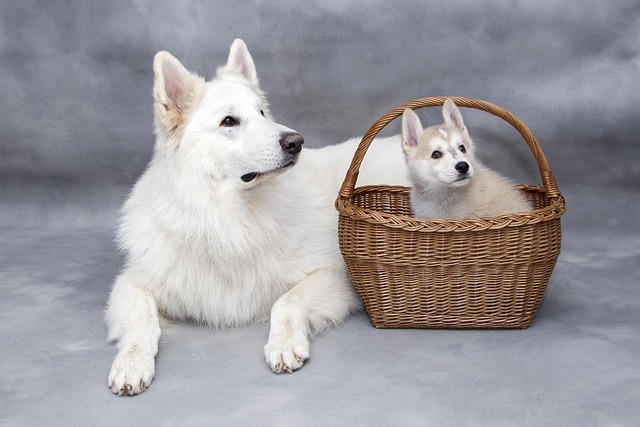
After the dog becomes familiar with the object, it can enter a simple retrieval training. Gently pick up the item, shake it in front of the dog to attract its attention, and then give clear and concise commands, such as' hold '. Next, place the item near the dog's mouth and guide it to open its mouth and bite. If the dog is not very cooperative at the beginning, do not force it, but patiently repeat actions and commands, and encourage it with snacks. When a dog successfully holds onto an object, immediately give enthusiastic praise and rewards to make it understand that doing so will earn the owner's love. Through repeated practice, dogs will gradually understand the meaning of the command "pin" and form a conditioned reflex. Every time the dog successfully holds onto an object, the excitement and pride overflow in its words, as if showcasing its efforts and progress to its owner.
After the dog is proficient in picking up objects, it is necessary to train its return movements. First, throw the item a short distance and then give the command to "go" to guide the dog to chase after the item. When the dog holds onto an object, call its name and give the command to "come back", while opening its arms and making a welcoming gesture towards it. If the dog hesitates, don't worry, encourage it in a gentle tone, or bring out snacks again to attract it back. When a dog successfully returns to your side with an item, give it the warmest praise and generous reward, letting it know that returning to its owner is the right behavior. As training progresses, the distance and difficulty of throwing objects can gradually increase, allowing dogs to proficiently complete the actions of retrieving and returning in different environments. Every time I watch the dog happily running towards me with items in its mouth, its galloping figure and wagging tail make me feel its love for training and trust in its owner.
Maintaining patience and a positive attitude is crucial throughout the entire training process. When a dog may not cooperate or make mistakes, do not beat or scold it, otherwise it will make the dog fearful and resistant to training. On the contrary, give it enough encouragement and guidance to make the training a pleasant interactive process. Every training session is an opportunity to strengthen our relationship with the dog. Through patient guidance and full love, the dog not only learns skills but also feels the care and companionship of its owner.
Training dogs to pick up things and return is a challenging and enjoyable journey. From initial unfamiliarity to gradual proficiency, every step embodies the owner's hard work and the dog's efforts. When we establish a deep trust and understanding with our dogs during training, and see them happily complete every pick-up and return, the sense of happiness and satisfaction cannot be described in words. Let's use love and patience to accompany dogs in their growth and create more beautiful memories together.

Watching your dog dart across the park ignoring your calls isn’t just frustrating—it can put them at risk near busy streets or public spaces.
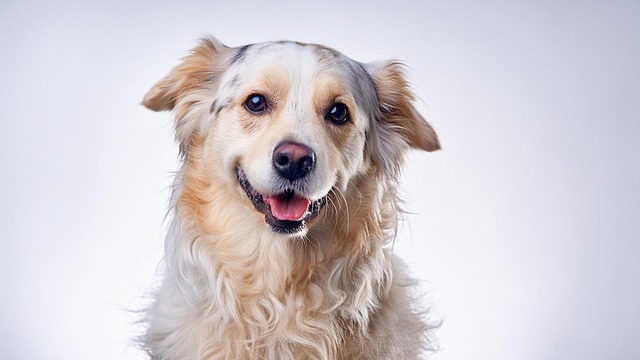
New puppy owners often find themselves rushing to clean up accidents before they set in, and that’s where puppy pad training becomes a game-changer.

If you've noticed your dog's waistline disappearing and your veterinarian has mentioned those few extra pounds, your first instinct might be to simply reduce the amount of food in their bowl.
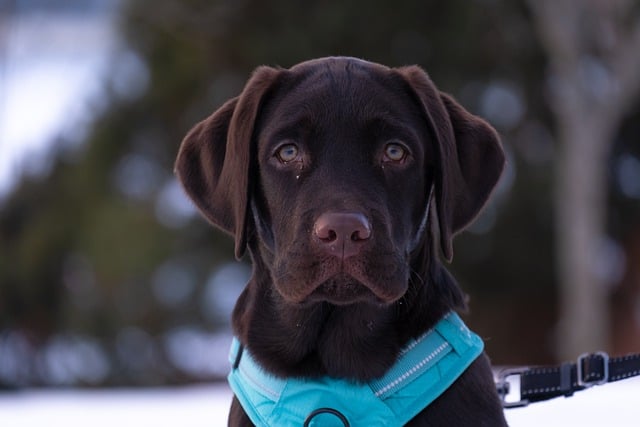
Training a dog to use a designated spot indoors isn’t as daunting as many new owners fear, but it does take consistency and an understanding of your pet’s needs.
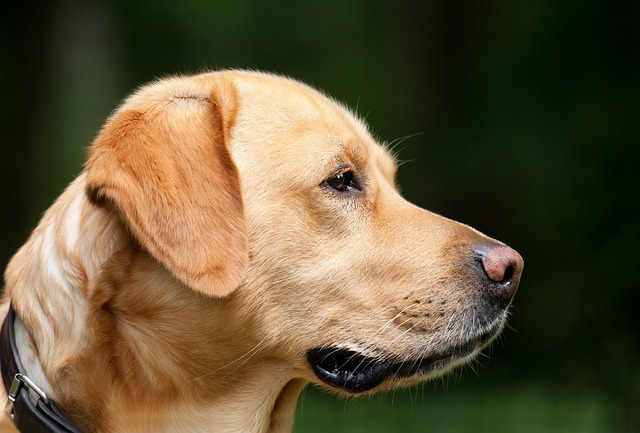
That moment of dread on a walk is all too familiar for many new dog owners. You see another dog approaching down the sidewalk of your neighborhood
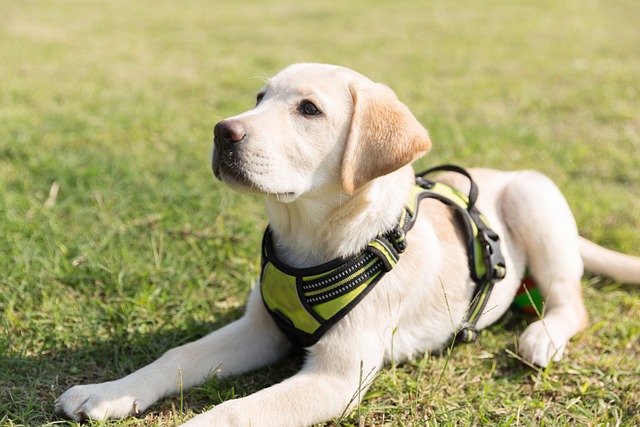
If the sight of another dog on your neighborhood walk makes your heart sink as your own dog erupts into a frenzy of barking and lunging, you're not alone.